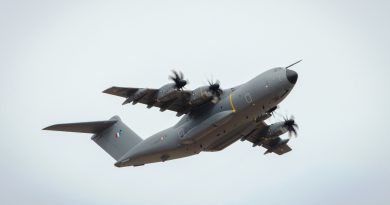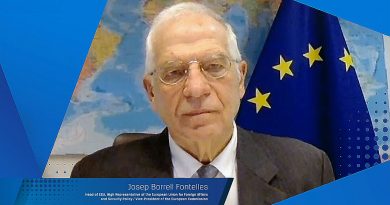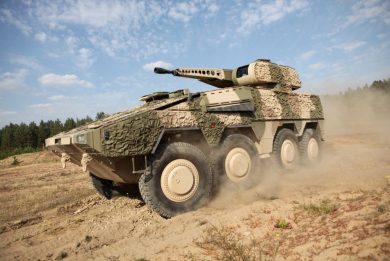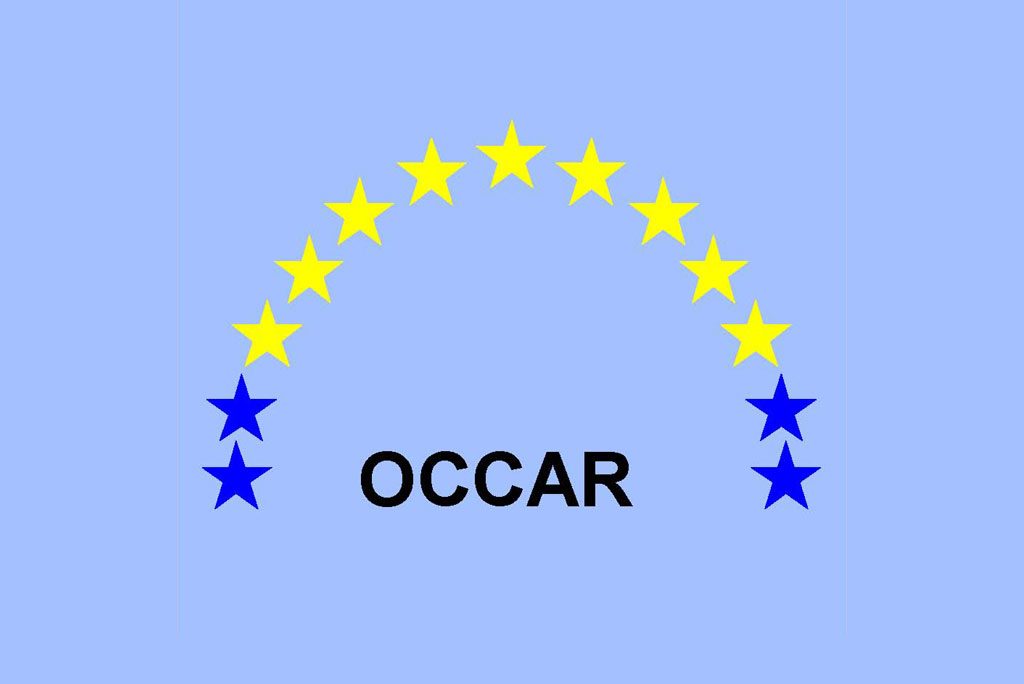
Adm. Bisceglia, OCCAR’s Director, talks on Land programmes
Luca Peruzzi interviewed Admiral Matteo Biceglia, who was appointed Director of the Organisation Conjointe de Coopération en matière d’Armement / Organisation for Joint Armament Co-operation (OCCAR) in September 2019. Adm. Bisceglia already served within the Organisation along his career, so he was far from new to the organisation he was called to direct it.
This an excerpt of the overall interview that can be read by clicking HERE, this shortened version dealing only with land programmes managed by the OCCAR.
In his opening remarks Adm. Bisceglia underlined some of the key aspects of his organisation, starting from the fact that nations must renounce to an yearly analytical calculation of the return on investments, which brings duplications of efforts and inefficiencies that endanger the competitiveness of the European Defence industry, considering instead a multi-programme/multi-year balance. To expand the scope of the OCCAR to smaller programmes, he unveiled the proposal he made to his Board of Supervisors aimed at creating a Small Programmes Division, that will allow avoiding duplicating commercial and financial positions, one element being sufficient to run more than one programme considering their limited dimensions. He also underlined the optimal and fruitful relationship with other entities, such as the European Defence Agency (EDA) and the Permanent Structured Cooperation (PESCO), as well as with the NATO Support and Procurement Agency (NSPA).
He also underlined the low overhead cost of OCCAR over the programme it manages, the total operations budget is around 1.3 per cent of the overall value of the managed programmes.
Hoping that the COVID pandemia will have e lesser impact on defence budgets than the 2008 financial crisis, and stating that the Brexit issue, the UK was one of the OCCAR funding nations, should not have an impact on the organisation, save some issues with custom duties, he definitely mentioned the need of an harmonisation of export regulations among European countries to favour export, the only way to achieve economy of scale and keep alive Eurpean Defence industry production facilities.
As for land programmes, here is the excerpt of the interview:
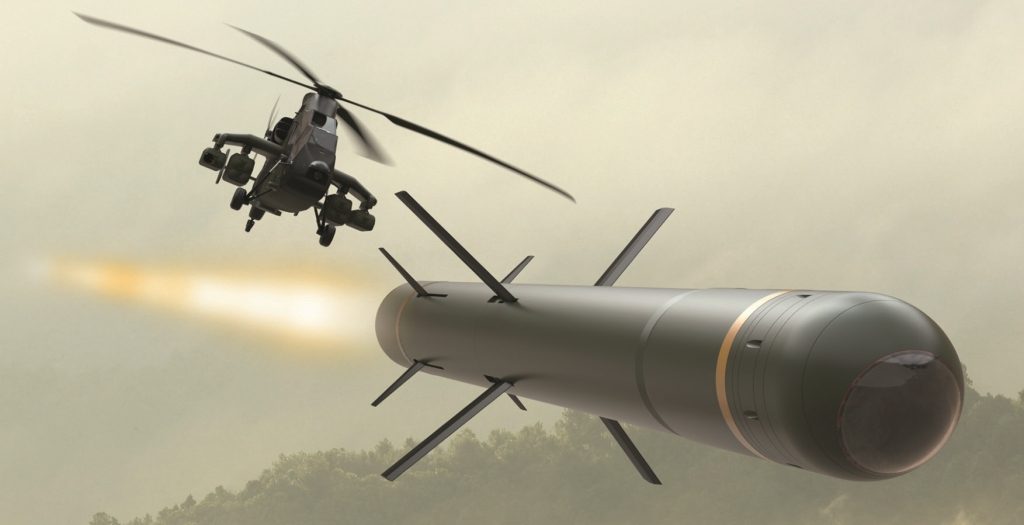
Can you elaborate on the two programmes being integrated into OCCAR, namely the MAST-F and NVC?
The Missile Air Surface Tactique Futur, also known as MAST-F, comprises the Development, Production and In-Service Support (ISS) phases of an Air to Ground Missile (AGM). The programme will also support the missile integration on the Tiger Mk3 platform. MAST-F is a French AGM Programme currently managed by the Direction Générale de l’Armement (DGA). Programme definition and Tiger Mk3 integration and de-risking studies have been underway since 2016, with the last study due to be delivered this month. The primary intended platform for the missile is the Tiger helicopter and its integration is already being planned within the Tiger Mk3 programme scope of activities. Consideration is also given to integration on to the MALE RPAS platform, but it remains out of scope at this juncture. The programme Invitation To Tender (ITT) was issued to MBDA France under non-competitive procedures on 31 July 2019. A tender response was received in September 2019 and tender evaluation and contract preparation activities are ongoing. A new OCCAR-Executive Administration Programme Division (PD) will be established to manage the programme, based at the new OCCAR site in Paris. My expectation is that the contract will be signed before the end of the year. The Night Vision Capability (NVC) Programme comprises the Development, Production and optional In-Service phases of Night Vision Goggles in the first stage of the programme, which Belgium and Germany have entrusted to OCCAR. For the placement of the NVC Programme contract, OCCAR-EA will carry out a competitive procedure in accordance with OCCAR Rules. This has required the early establishment of a Programme Division, which is operational since the beginning of May. The advertisement of the Possible Future Purchase was published on the OCCAR website on 30 August 2019. All companies from a Member State of the European Union or an OCCAR Member State ([1]) were invited to register interest to participate in future tendering activities by 31 December 2019. The contract award is currently scheduled for mid-2021.
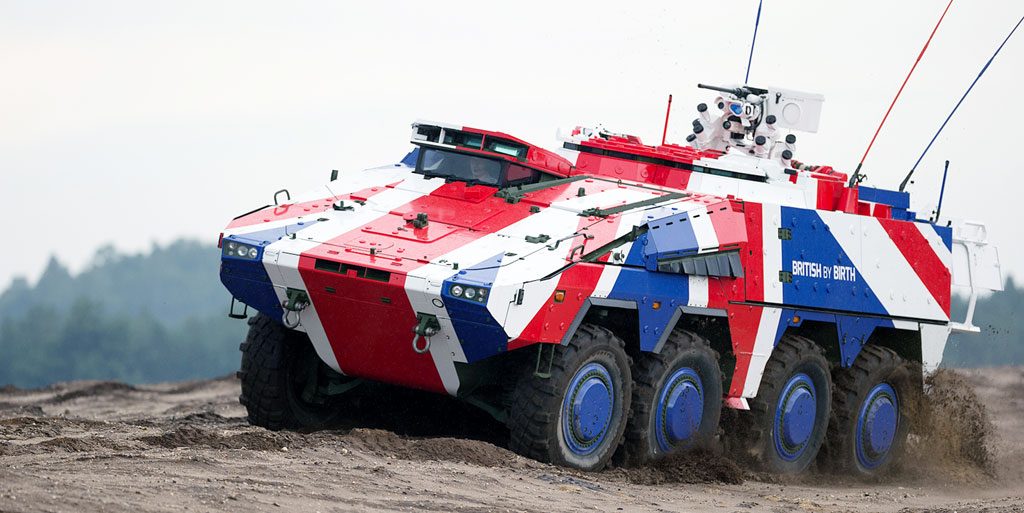
Can you update us on current activities and latest developments for the Boxer programme, including the finalization of integration activities and contract negotiations for UK?
With the re-entry of the UK in 2018 and the contract signature last November between OCCAR and ARTEC JV, which includes Krauss-Maffei Wegmann and Rheinmetall, for the procurement of more than 500 Boxer vehicles on behalf of the UK, the Boxer is becoming one of the most successful 8×8 vehicle programme in the last 20 years. The next generation of multi-role armoured vehicles is under production and in service with Germany, Lithuania and the Netherlands and recently contracted for UK. In addition to Germany with two batches (for a total of 405 vehicles) in four different versions and the Netherlands with one batch (200 vehicles) and five different vehicle versions, in 2016, Lithuania joined the programme with a contract to buy 91 Boxers via OCCAR in five different variants. These vehicles are currently planned to be delivered until October 2021. Deliveries of the vehicles for the Netherlands will be completed by the middle of this year, while second batch vehicle deliveries to Germany are on going together with upgraded vehicles to latest standard. Preparation and execution of the Driver Vision System for the German vehicles is also on going. More recently, OCCAR has been tasked to develop and procure new Boxer versions for Germany and additional vehicles for the Netherlands. Upon the UK re-joining the Boxer programme in 2018 and the receipt of industries’ proposal in early 2019, personnel from the OCCAR-EA Boxer Programme Division and specialists from the UK MoD’s Defence Equipment & Support area, worked hard to evaluate, negotiate a best value for money contract and finalise the 11th amendment of the series production contract. This was accomplished in a very short timeframe of only 8 months. The contract for the UK includes the delivery of five prototypes in four specific Build Configurations and more than 500 series vehicles, initial In-Service Support Packages and Special to Role Kits. The first phase of series production will be conducted on the German production lines of ARTEC JV companies and will be later on transferred to UK. The plan foresees the first vehicle trials in June 2022 and the delivery of the first series vehicle to the British customer by November 2022. The efforts are ongoing and are currently well on schedule. The first Critical Design review is scheduled for later this year.
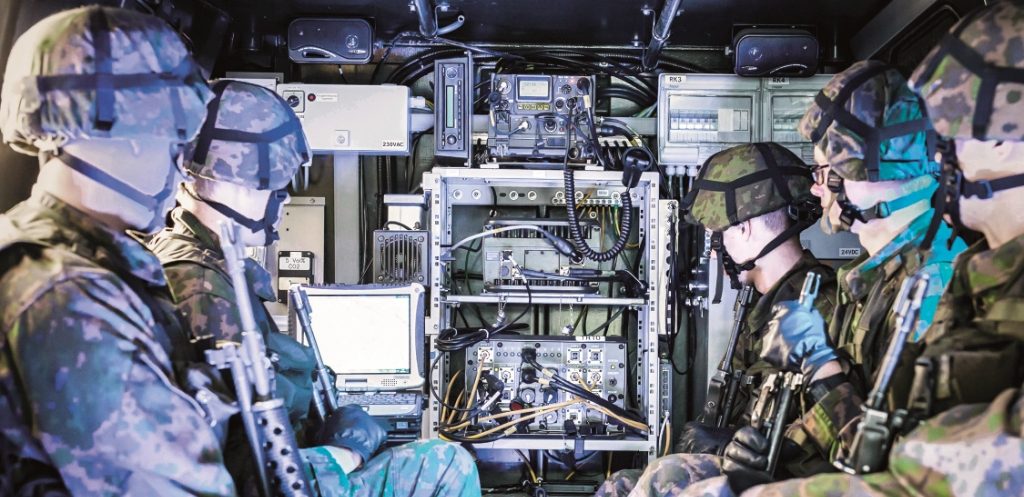
In 2019, Germany joined the ESSOR OC1 Participating States on the programme. The latter has been selected as a PESCO Project and is entitled to receive European Defence Industrial Development Programme (EDIDP) funds. In addition, five ESSOR related projects are today under integration, further enlarging its scope and community. Can you elaborate on these developments and future activities?
The ESSOR Programme is a very important one for OCCAR, not because of its budget or complexity, but because of its political significance and strategic importance. With Germany joining ESSOR and with the EC co-funding PESCO/EDIDP initiative, ESSOR is developing with a system of new branches, further to the land domain Wide Band Waveform, by covering the digitalization of other communications domains like Air-Ground-Air and SATCOM, or extending the land domain to include the Narrow Band Waveform, and even to cover some new generation radio hardware development, like in ESSOR-MIDS. The new projects will rely on the ESSOR foundations, which are the architecture and the methodology(“base” and “target” waveform) built up across the last 10 years. Of course, Germany integration increases the complexity of the programme, by adding the German requirements and Rhode & Schwarz to the A4ESSOR consortium, which includes Thales of France, Leonardo of Italy, Indra of Spain, Radmor of Poland and Bittium of Finland, but this is a programme that I expect will last many years in OCCAR, and I certainly expect that the waveform will eventually be common to all the EU Member States, granting EU autonomy. Indeed, with this new important effort, the ESSOR scope is strongly widening. Moreover, sustainability and stability of future co-operation will rely on a Custodianship structure, taking care of the through-life management of ESSOR products. The present ESSOR growth will strengthen the focus on a more complete and sustainable interoperability among Armed Forces, as well as the European industrial position in the worldwide context. Once again, the present six ESSOR nations with the support and co-ordination of OCCAR demonstrated to be able to agree on a wide set of new requirements in reasonable time, and to address their implementation with a multinational industrial consortium. Other European nations are attracted by this force multiplier and have recently disclosed their interest in joining the programme. The new projects will not lead to operational products in the three-years development EDIDP phase, but will need full implementation of the operational capability in the forthcoming years, perhaps under the auspices, once again, of the European Union as co-funded by the EDF source.
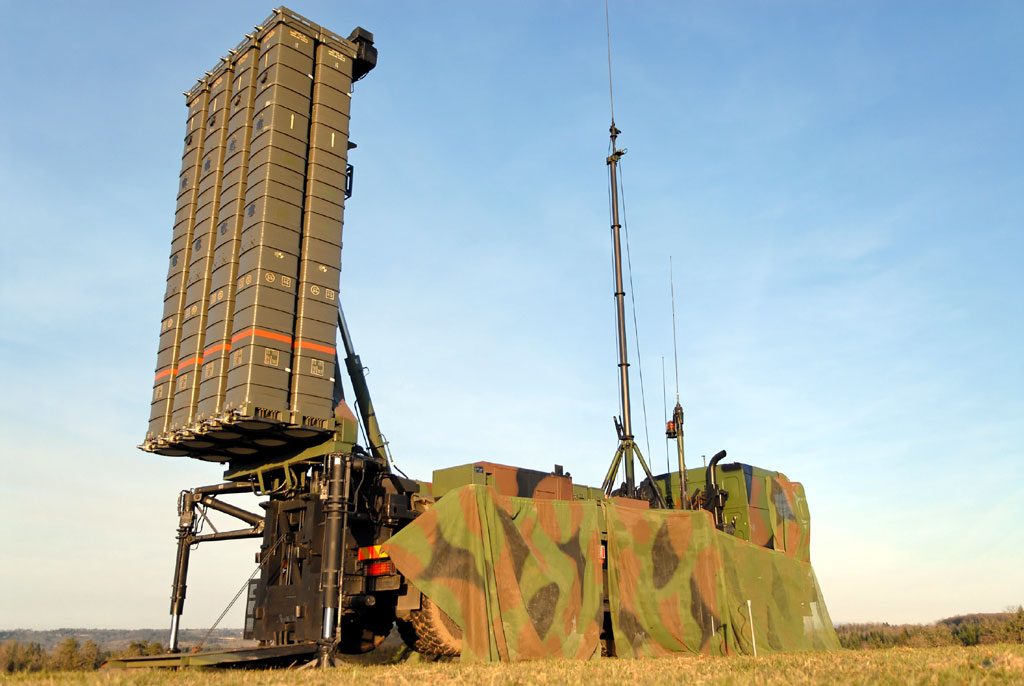
During the pandemic, the FSAF Programme held a virtual Programme Board “Sustainment & Enhancement contract redirection due to SAMP/T NG Project” and continued working with EUROSAM the associated negotiations to sign the relevant contract by the end of this year. Can you elaborate on these developments and on the FR-IT SAMP/T NG system hardware & software architecture?
The FSAF programme has a certain age, and therefore it required modernisation, to deal with obsolescence issues, as well as with changing threats and operational requirements. The SAMP/T NG will be able to provide the air defence to French and Italian territories from air and ballistic threats, maximizing the already considerable operational capacities. In particular, the SAMP/T NG system will be based on two new brand modules from the Firing Control Unit:
- Engagement and Command Post modules that will be redesigned by Eurosam in order to achieve a capacitive increase in terms of target engagements, C2 capabilities, interoperability, armouring protection, integration with other weapon systems, in line with the best state-of-the-art standards and regulations;
- New Multifunction Radar, Kronos Ground Mobile HP (High Power) for Italy and Ground Fire 300 (GF-300) for France provided by Nations as Government Furnished Equipment to achieve, together with the new Aster 30 munition Block 1NT EC (Enhanced Capability) the mission assigned to the SAMP/T NG. In particular, Aster Block 1 NT performances will be extended in order to reach a very long-range interception capability.
In terms of functional and software architecture, SAMP/T NG maintains the software elements already acquired in the development phase in the framework of the current Sustainment & Enhancement (S&E) open architecture. Additional capabilities will be provided by the increased number of workstations (from two to four) and software functionalities that will optimise the C2 activities and the tactical air space management. The system is set for any future developments that will allow inserting new capacities.
Photos courtesy MBDA, OCCAR, Rheinmetall

